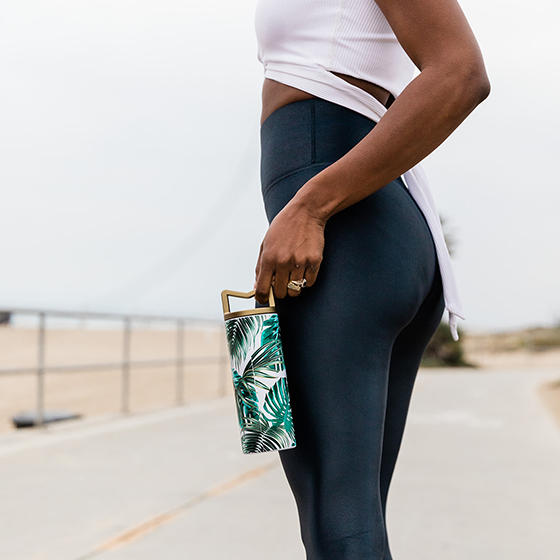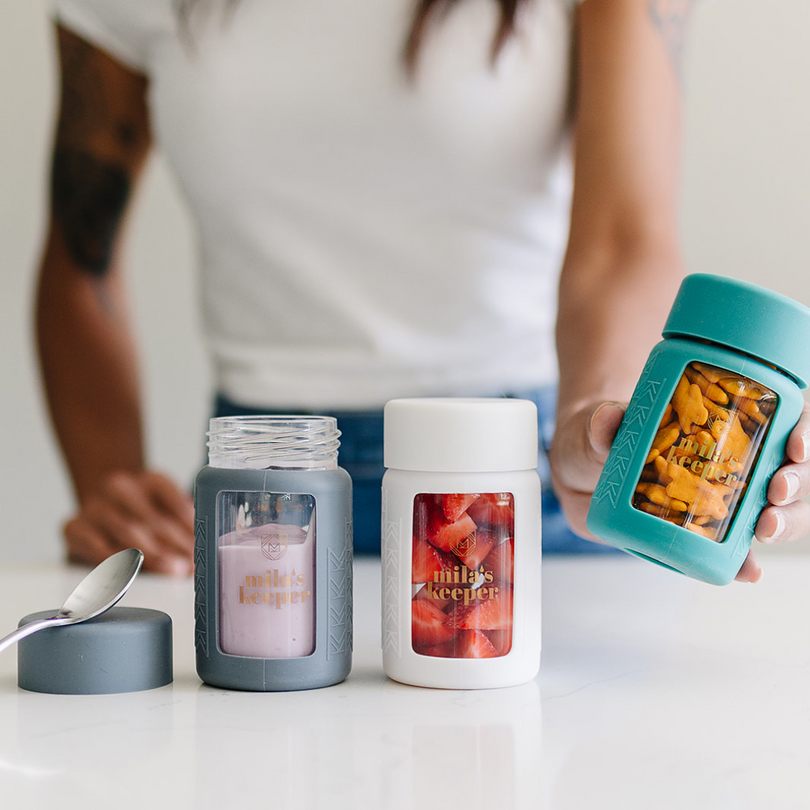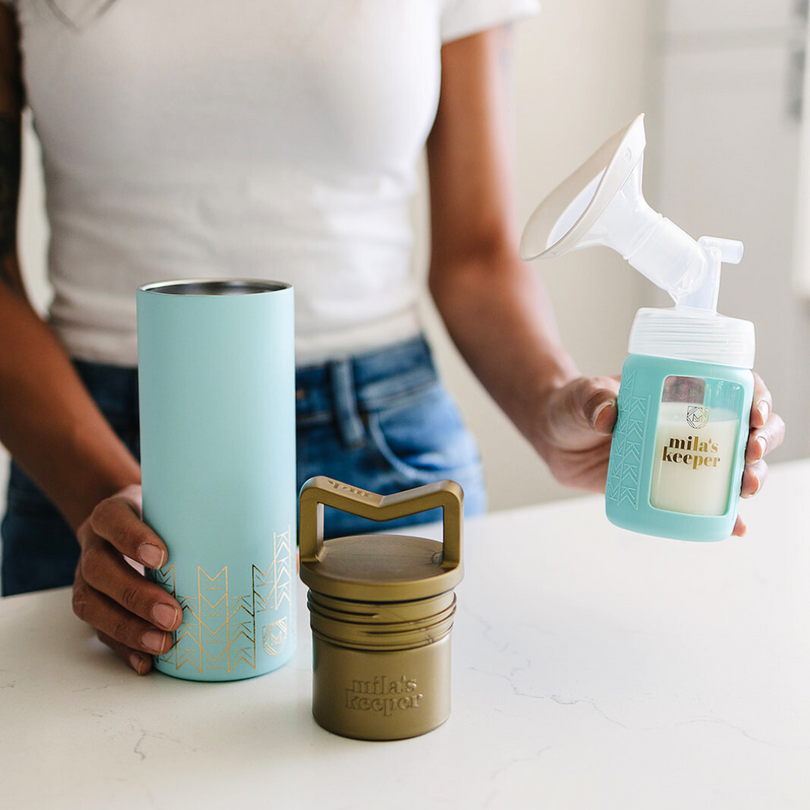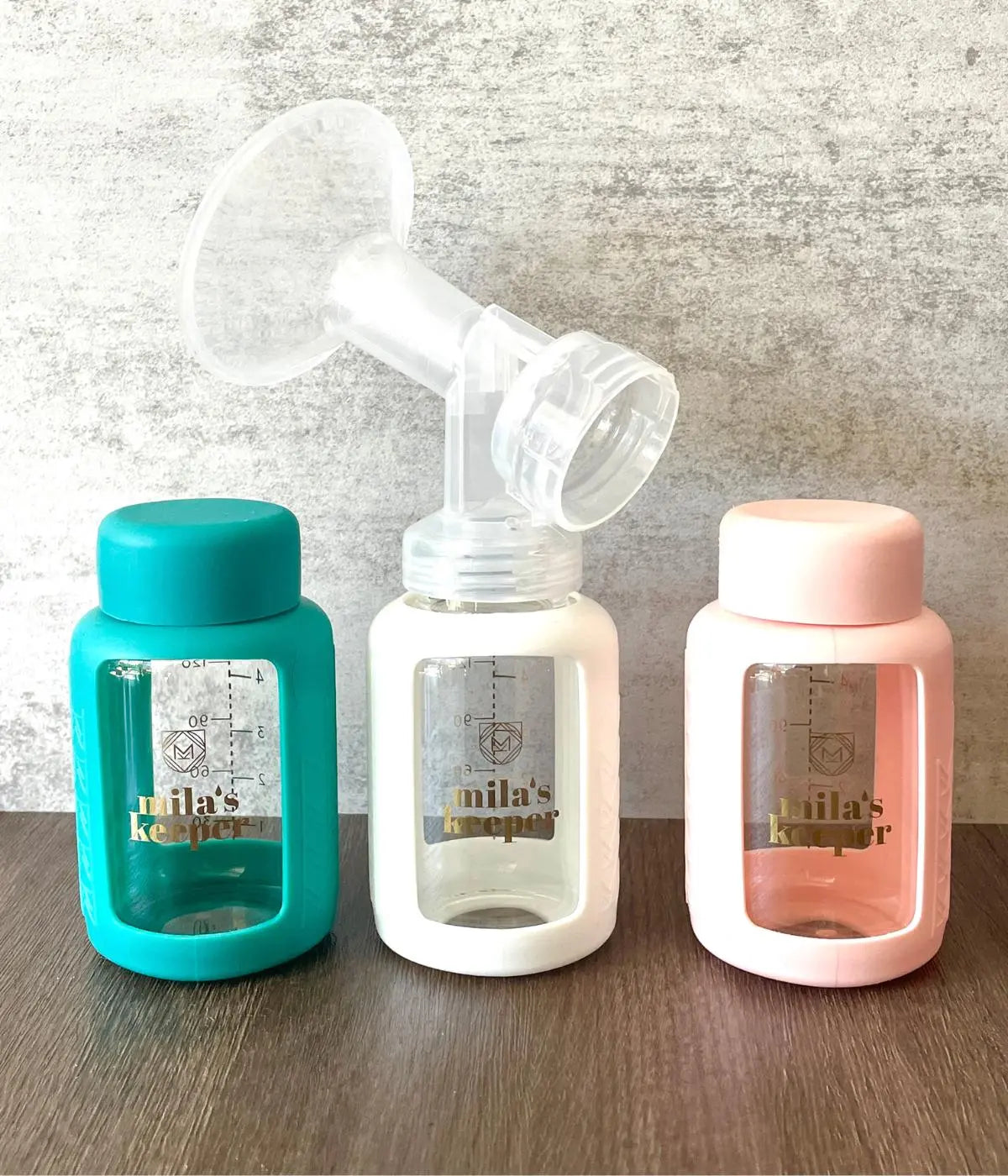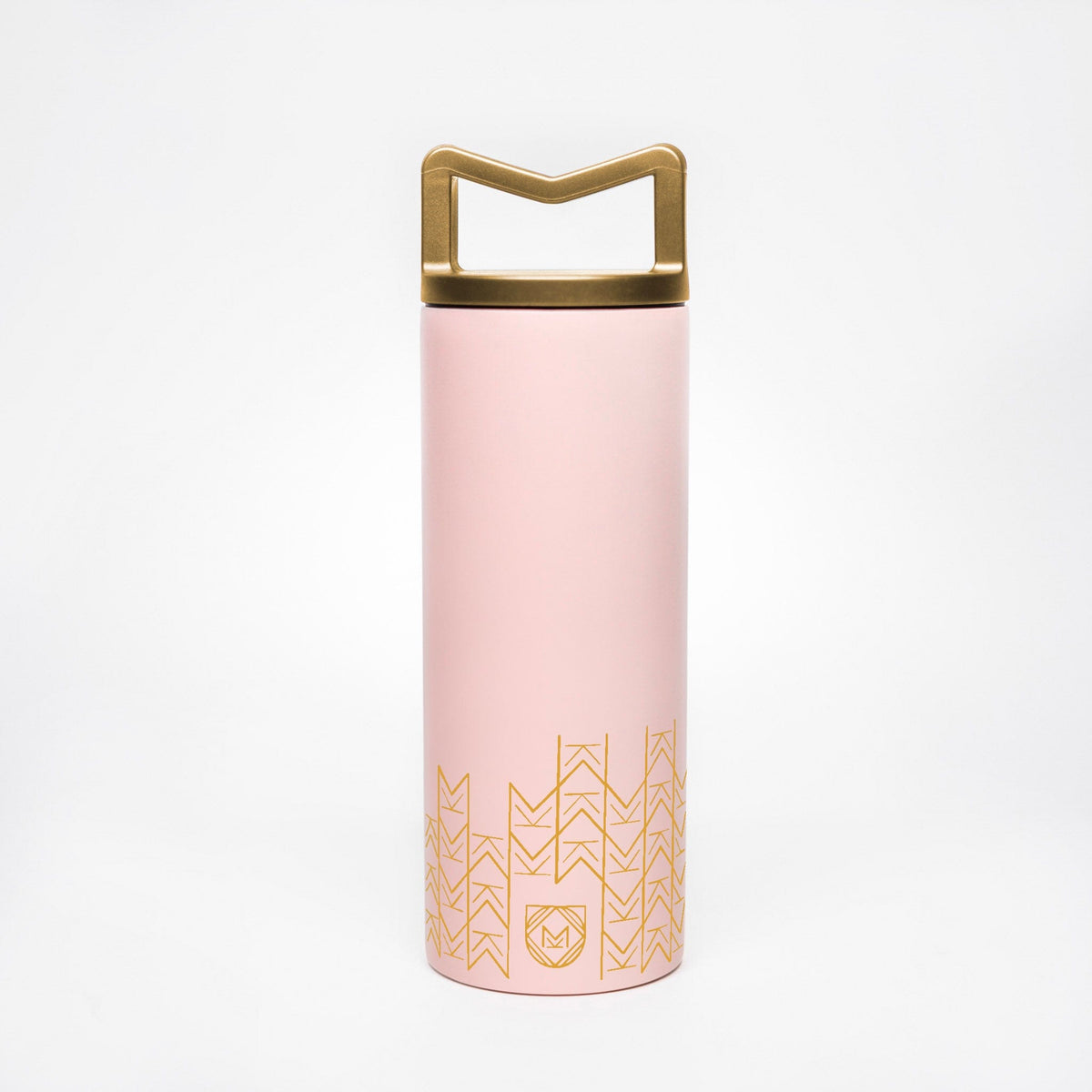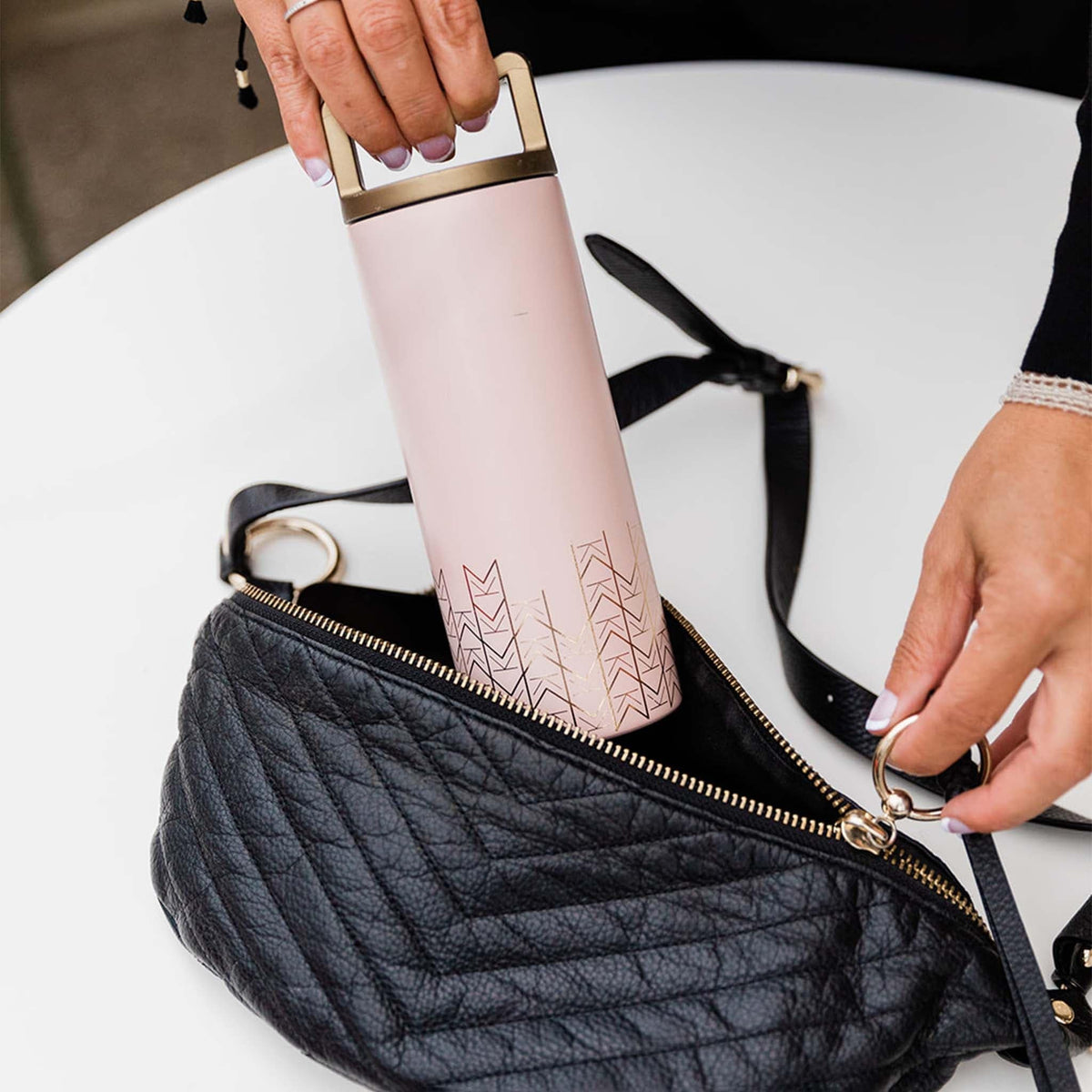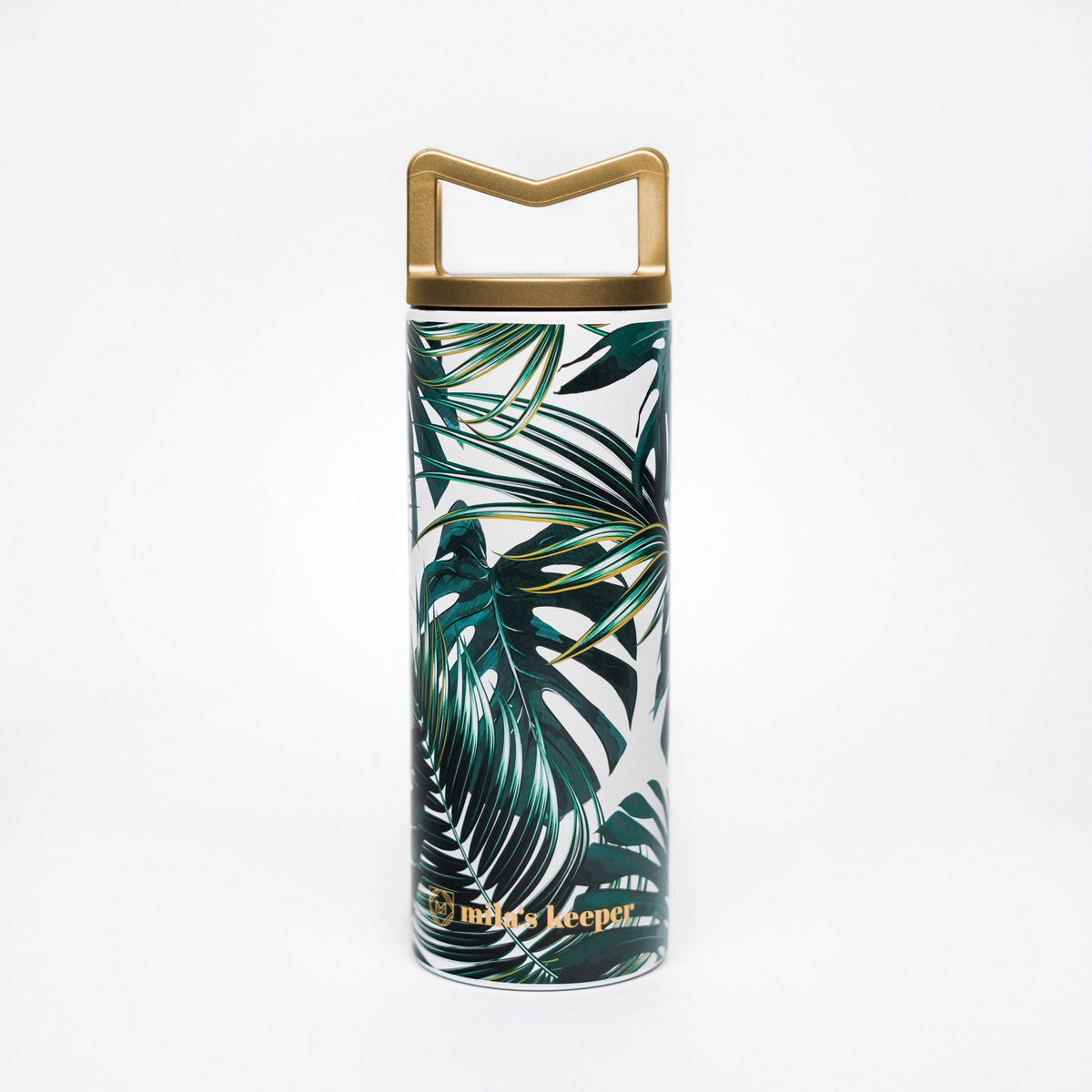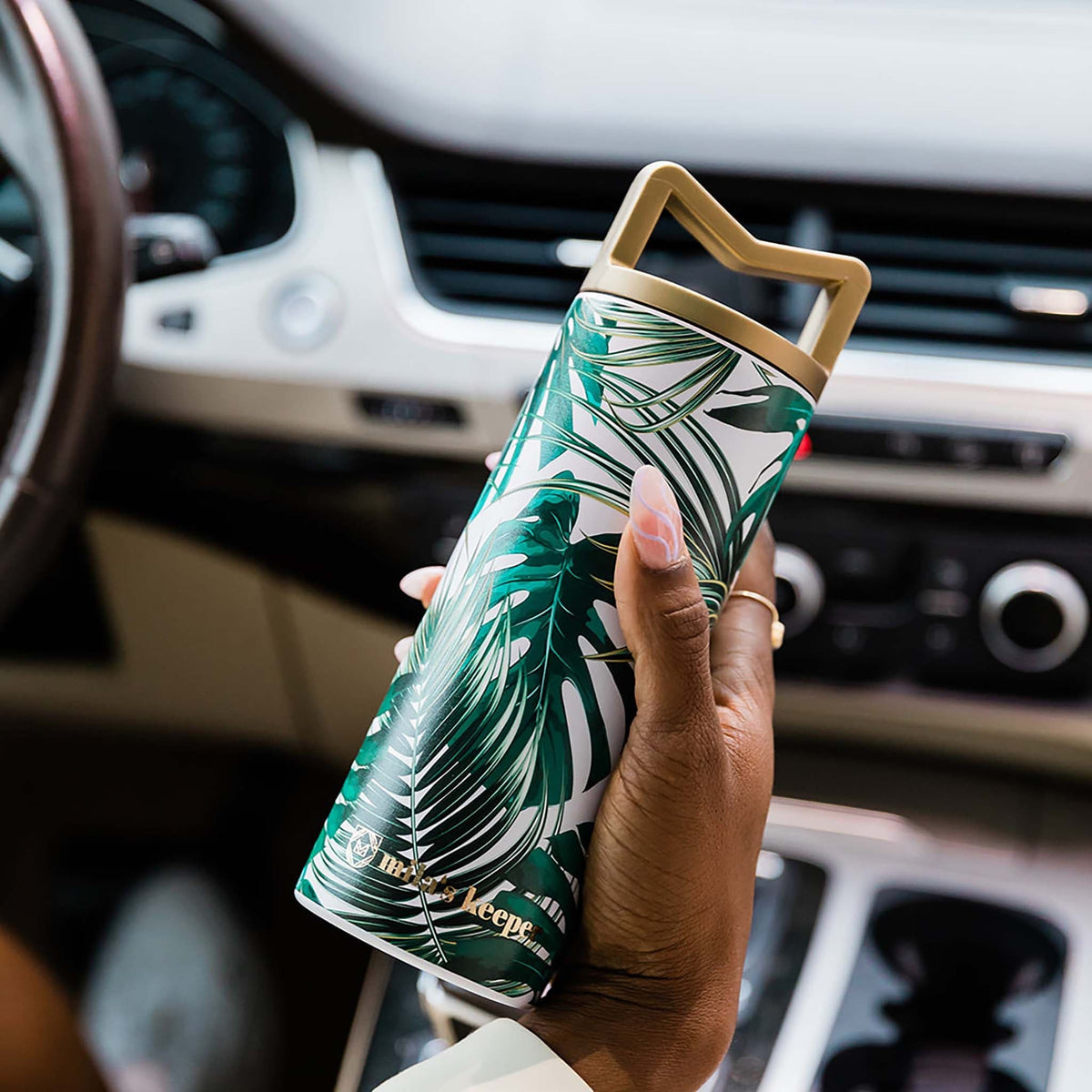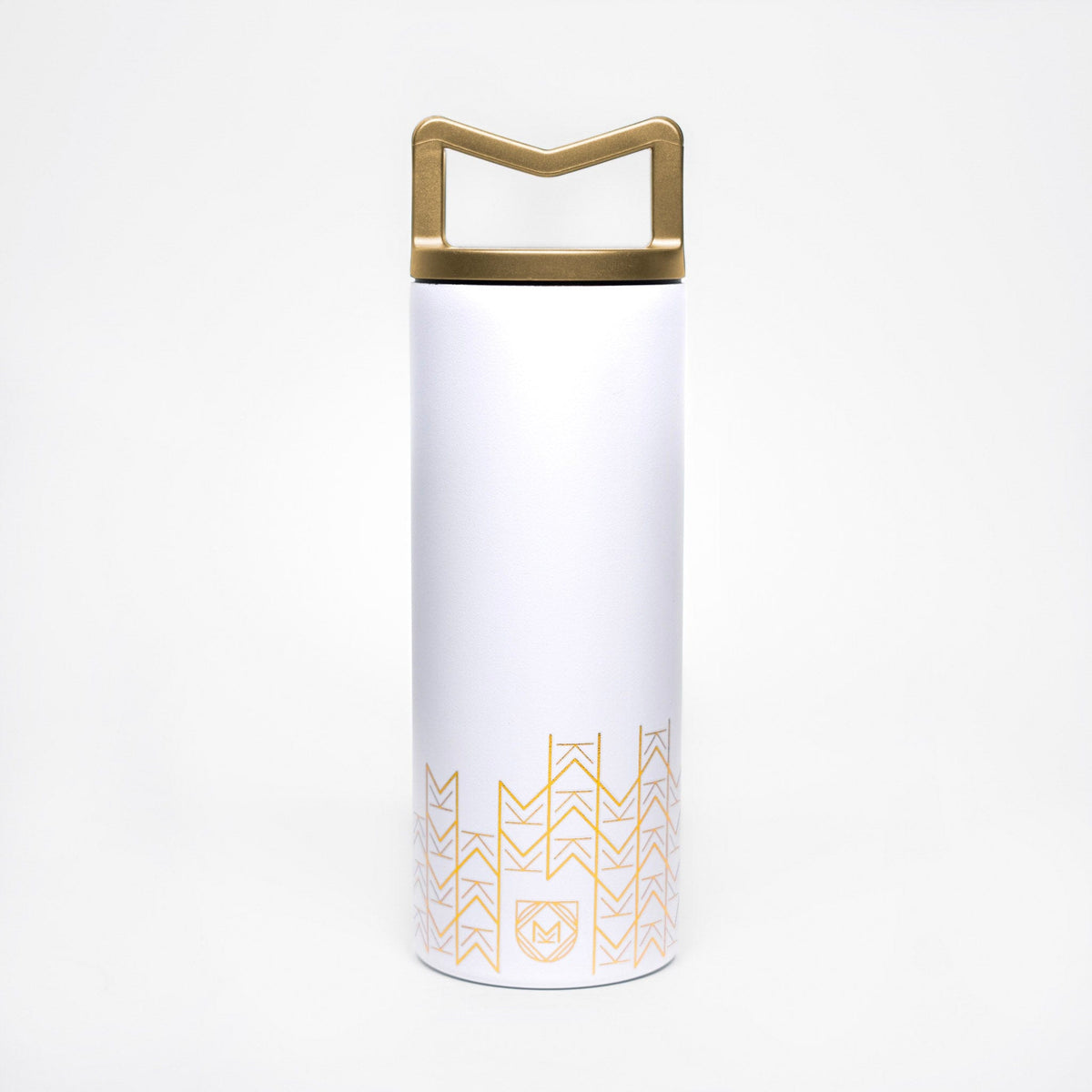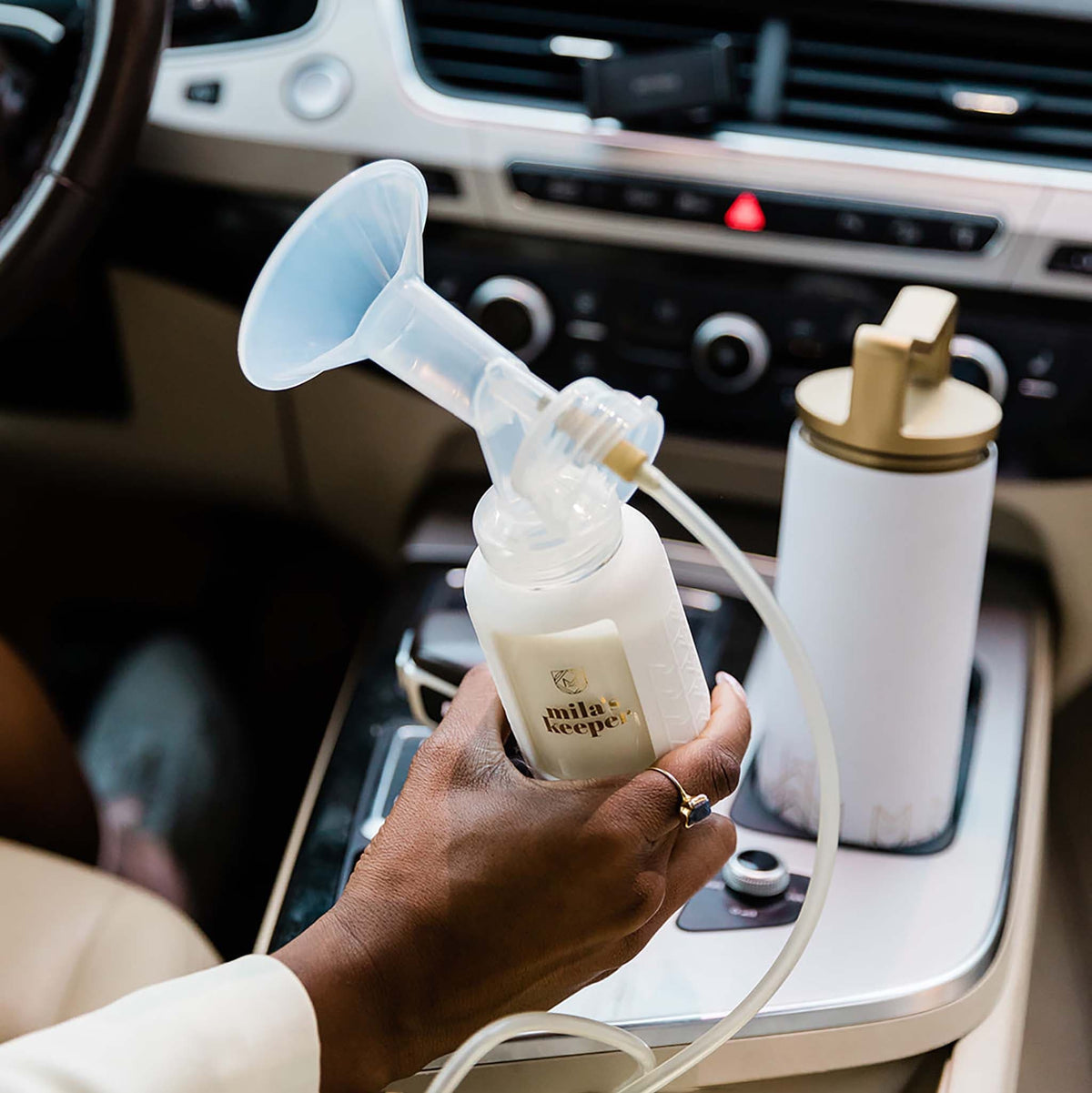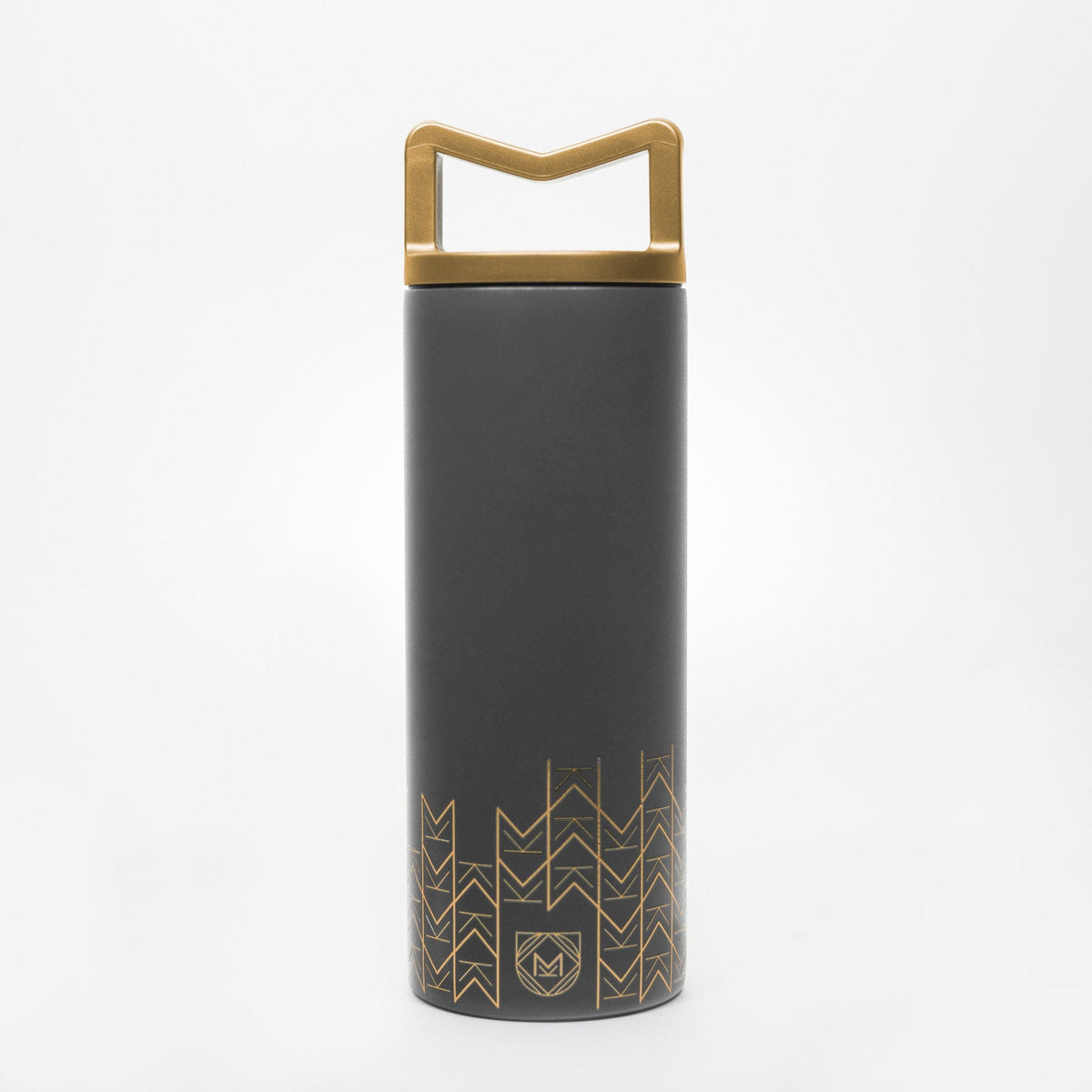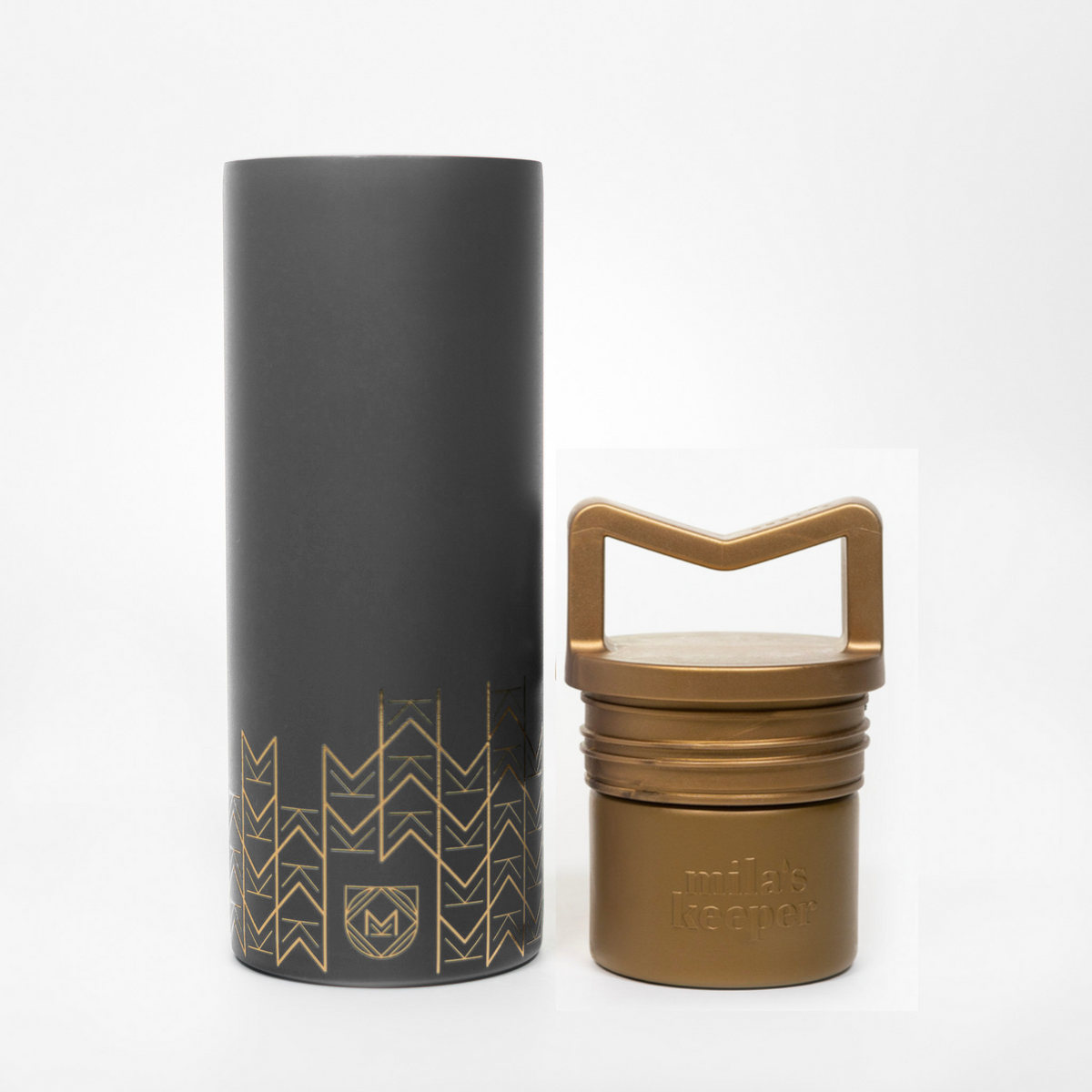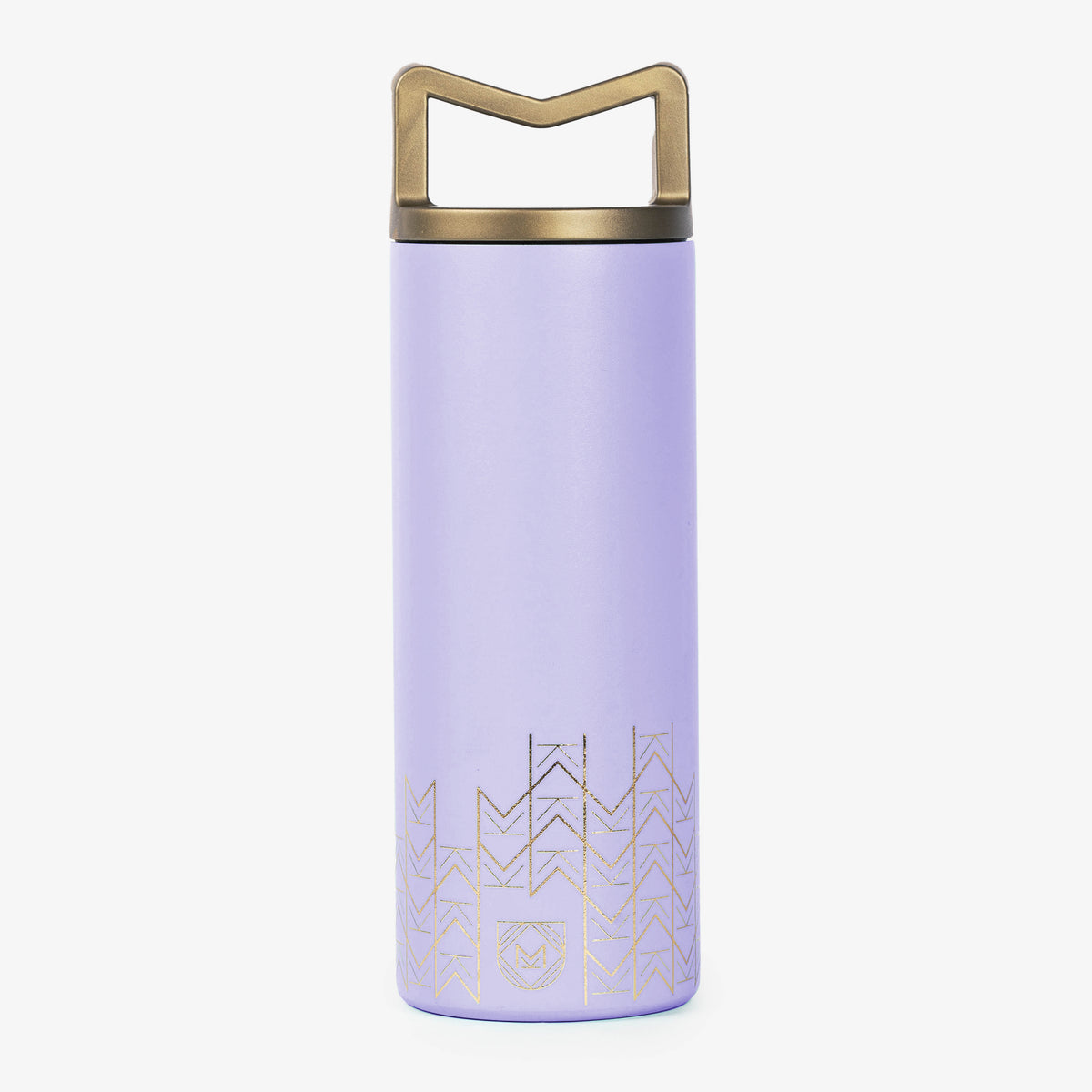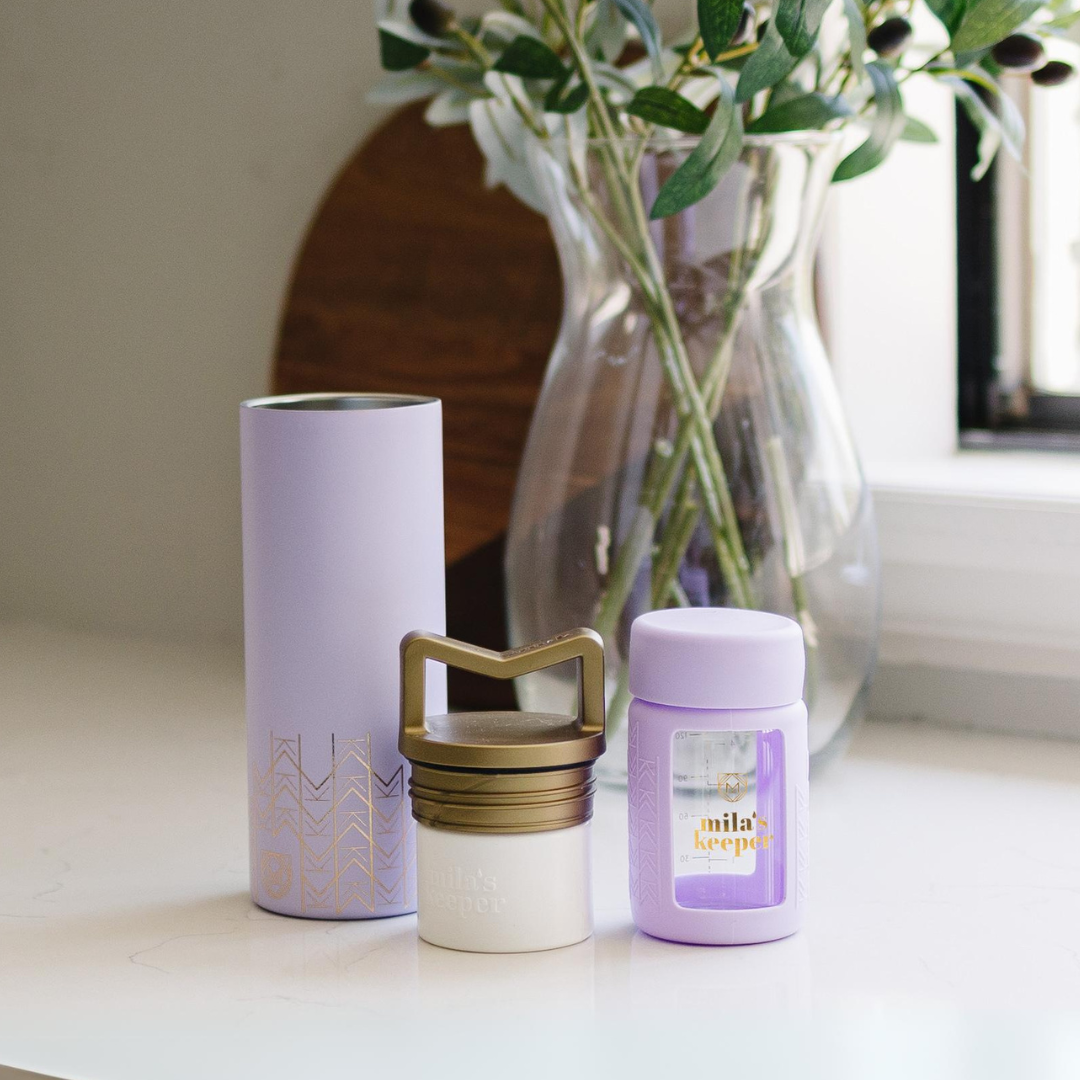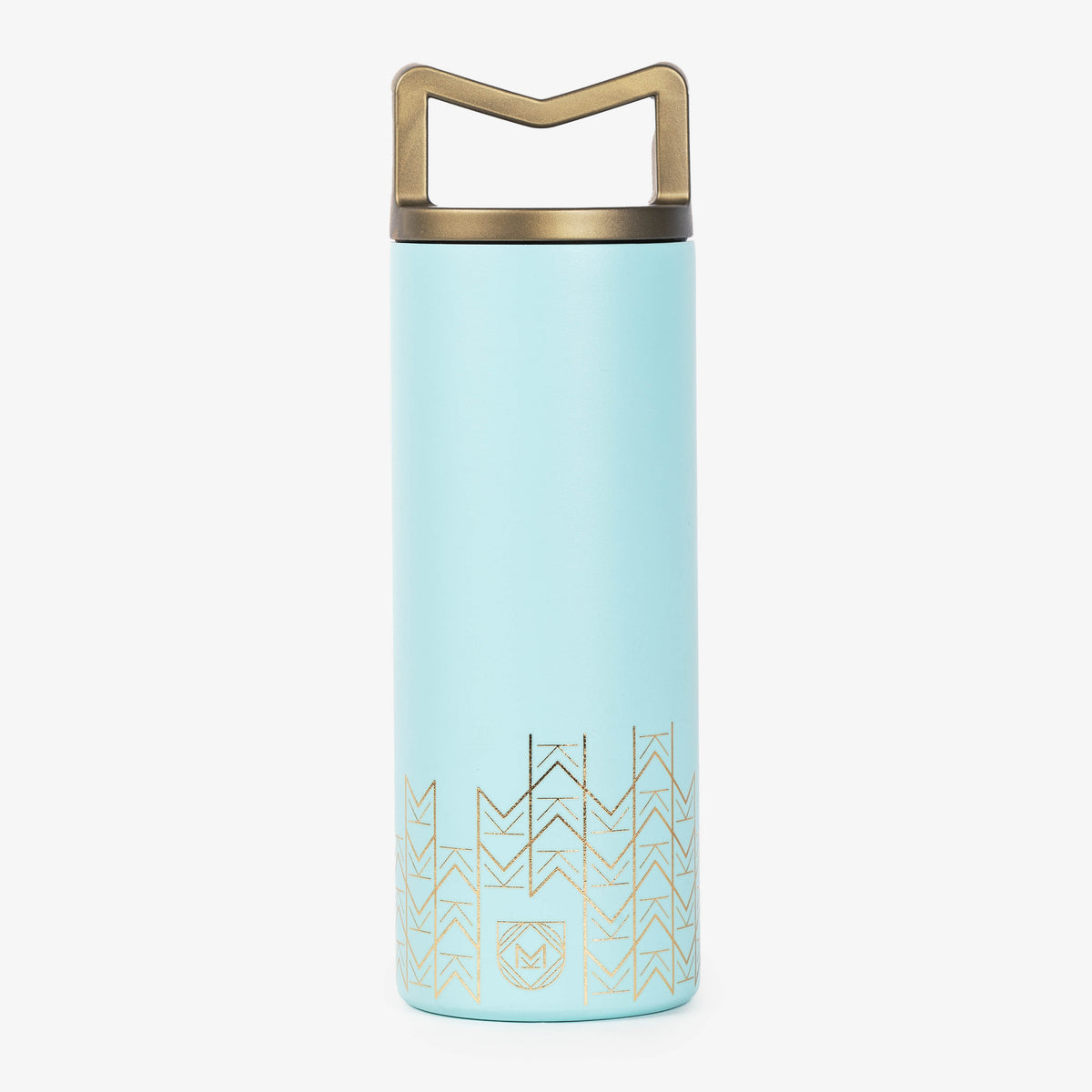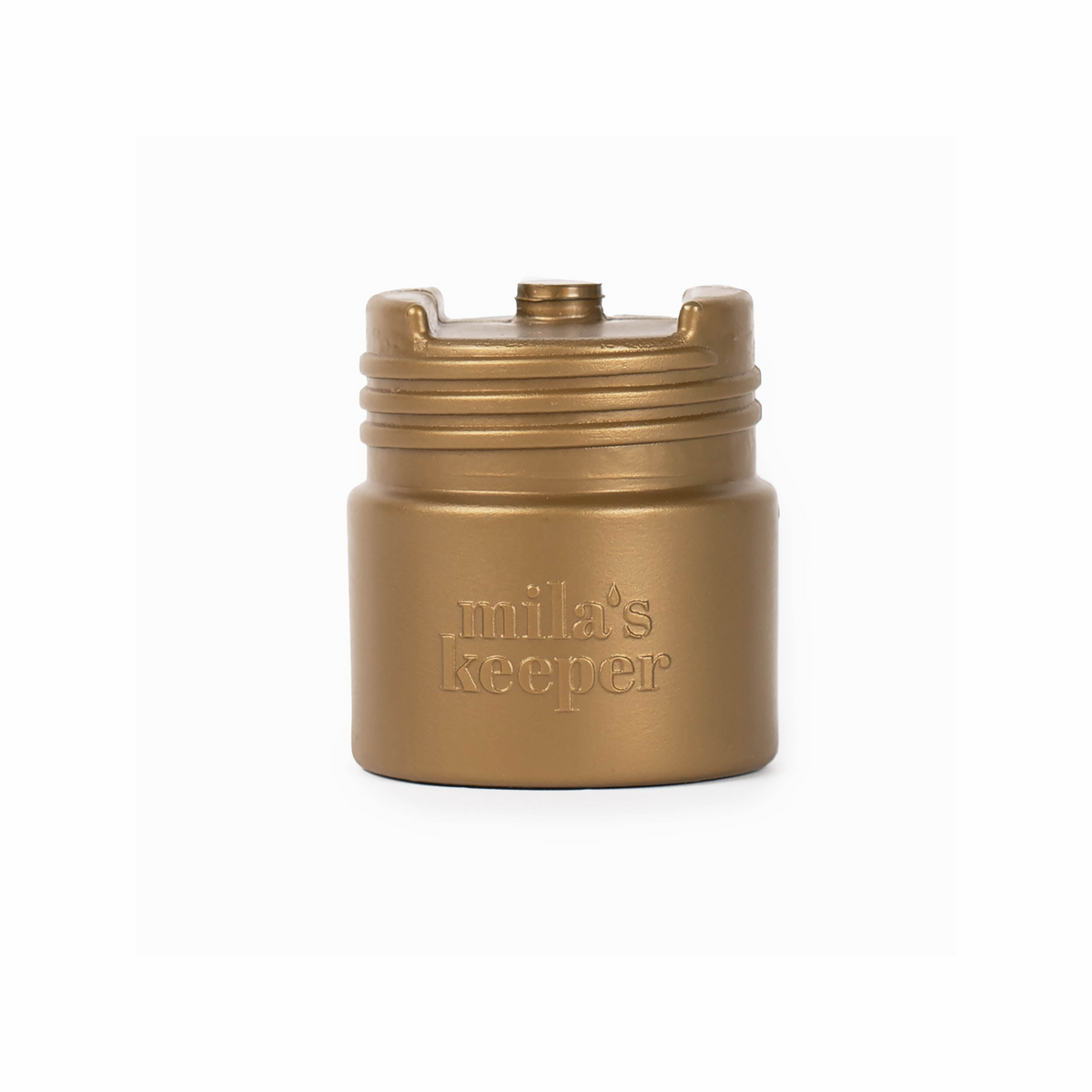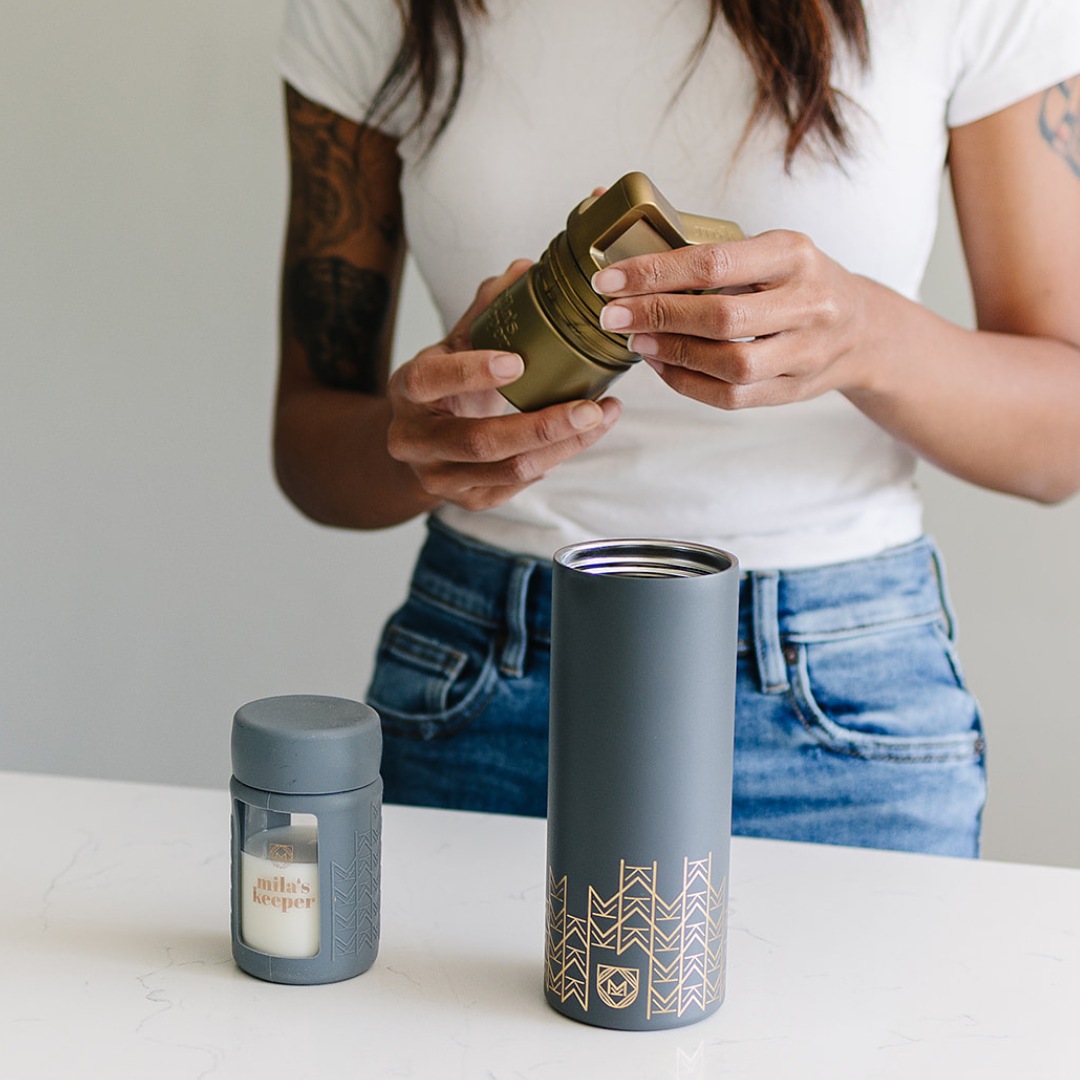For new moms stepping into the realm of breastfeeding, the sheer volume of new information can be overwhelming. No matter how much you prepare or how many books you've read, this period often remains a perplexing puzzle. Amidst the fatigue and profound life adjustments that come with new motherhood, remembering all the guidelines regarding breast milk storage can be a challenge.
However, there's a lifesaver in the form of breast milk storage charts. These invaluable tools swoop in to rescue new moms from the maze of uncertainty. They eliminate the guesswork by consolidating crucial information into an accessible chart format, making it a breeze to understand and follow. Simply print them out and strategically place them around the house, offering quick and easy guidance during this busy and sometimes chaotic time. If your child is with a caretaker during the day, print off a copy for them too. These charts become the compass navigating you through the wonderful yet sometimes bewildering world of breastfeeding.
What is a Breast Milk Storage Chart?
For new moms embarking on their breastfeeding journey, a breast milk storage chart quickly becomes a crucial companion. It's a tool or visual guide that provides guidelines and recommendations on how to properly store expressed breast milk for later use.
A breast milk storage chart will typically include guidelines on how long you can store expressed breast milk at different temperatures (room temperature, refrigerator, freezer) while maintaining its nutritional and safety properties.
It will include recommendations regarding the temperature at which breast milk should be stored, including room temperature, refrigeration, and freezing.
Charts will include instructions on how to thaw and reheat stored breast milk safely while preserving its nutrients and minimizing potential risks.
They might also provide guidance on the types of containers or storage bags suitable for storing breast milk, along with instructions on proper sealing and labeling.
You can also find tips on maintaining proper hygiene and cleanliness during the expressing, storing, and feeding process.
Charts will also have some information on when to discard unused or leftover breast milk to ensure the baby's safety and health.

How to Use a Breast Milk Storage Chart
Below is the breast milk storage chart provided by the Centers for Disease Control and Prevention. This chart differentiates between types of breast milk: Freshly Expressed or Pumped, Thawed (Previously Frozen), and Leftover from a Feeding.
To use this chart, first identify the type of breast milk you have and the storage location you intend to use. The chart lists three main storage locations: Countertop (room temperature), Refrigerator (40°F or 4°C), and Freezer (0°F or -18°C). Then, refer to the chart to determine the maximum safe storage duration for that particular combination.
Human Milk Storage Guidelines
|
Storage Location and Temperatures |
|||
|
Type of Breast Milk |
Countertop 77°F (25°C) or colder (room temperature) |
Refrigerator 40°F (4°C) |
Freezer 0°F (-18°C) or colder |
|
Freshly Expressed or Pumped |
Up to 4 Hours |
Up to 4 Days |
Within 6 months is best Up to 12 months is acceptable |
|
Thawed, Previously Frozen |
1–2 Hours |
Up to 1 Day (24 hours) |
NEVER refreeze human milk after it has been thawed |
|
Leftover from a Feeding (baby did not finish the bottle) |
Use within 2 hours after the baby is finished feeding |
||
As more is learned about the nature of human breast milk, the recommendations do change periodically. If you’ve had conversations with older women about breastfeeding and pumping, you may have gotten some slightly different information than what’s in the chart above. An article in the American Family Physician from 2003 had the following guidelines for breast milk storage:
- At room temperature (less than 77°F) for 4 to 8 hours
- At the back of a refrigerator for 3 days
- At the back of a freezer for 3 months
While not vastly different, there is some out-of-date information in there. If you do print off the current breast milk storage chart, be sure to check back every now and then to see if the recommendations change.
How Long is Breast Milk Good For?
Adhering to the guidelines set forth by the CDC is paramount for every breastfeeding mom. Freshly expressed breast milk can be safely kept at room temperature for up to 4 hours, a crucial time frame that ensures the milk retains its nutritional value and remains safe for the baby. Within this window, you either want to use the milk, refrigerate it, or freeze it promptly to maintain its integrity.
However, if breast milk has been thawed after being frozen, the safe duration at room temperature decreases to 1-2 hours. This shorter time frame underscores the necessity for efficient planning and swift action, whether it's using the milk within this period or promptly refrigerating it to avoid any compromise in its quality or potential risks to the baby's health.
How Long Does Breast Milk Last in the Fridge?
Freshly expressed breast milk can be stored in the refrigerator for a maximum of 4 days while maintaining its nutritional integrity. This gives moms the flexibility to prepare a few days' worth of milk, offering convenience and peace of mind in their breastfeeding journey.
If you can’t get your freshly expressed breast milk into the fridge right away, use quality breast milk storage containers and coolers to keep them at the right temperature until you’re able to.
When it comes to thawed breast milk that was previously frozen, the time frame shortens to 24 hours in the refrigerator. This important distinction emphasizes the necessity of efficient planning and usage, ensuring that thawed milk is consumed within the specified window.
Adhering to these CDC recommendations guarantees that every feeding is packed with the best nourishment for a growing little one, supporting their health and development.
Tips & Solutions for Storing Breast Milk
Follow these tips from USDA.gov for safely storing and thawing your breast milk.
Storing Breast Milk
- Store your milk in clean glass or BPA-free plastic bottles with tight lids.
- Label the bottle with the date you pumped the milk. If your baby will be with another child care provider, write your baby's name on the label, too.
- Cool the milk as soon as you pump it. When you're out of the house for several hours, such as for work or school, put your milk in an insulated cooler bag with frozen ice packs. Otherwise, put it in the back of the refrigerator or freezer, not in the doors. It will stay colder that way.
- Know that it's normal for breast milk to be different colors, depending on what you ate. It's also normal for the fatty part of the milk to separate. You can gently mix it back in when thawing/warming the milk.
Freezing Breast Milk
-
Freeze your milk in small batches of 2-4 ounces, enough for a single feeding. You can freeze smaller portions if your baby is premature, or larger portions if your baby is older.
-
Chill fresh milk before adding it to milk that is already frozen.
-
Leave about an inch of space at the top of the container. Milk will expand as it freezes.
-
Tighten bottle caps or lids only after the milk is completely frozen.
-
Store milk in the back of the freezer. Don't keep it in the freezer door.
Thawing and Warming Breast Milk
- Use the oldest milk first. Practice first in, first out (FIFO).
- To thaw frozen milk, hold the frozen bottle or bag under lukewarm running water. You can also thaw it in the refrigerator or in a bowl of warm water.
- Swirl the milk gently to mix. The fatty part of the milk may have separated.
- You do not have to warm milk from the refrigerator. You can feed it to your baby cold or room temperature. If you do warm your milk, test the milk temperature by dropping some on your wrist. It should be comfortably warm, not hot.
- Do NOT microwave your milk. Microwaving breaks down nutrients and creates hot spots, which can burn your baby's mouth.
For the visual learners, there are plenty of videos available online with tips for breastfeeding storage.

Mila’s Keeper Makes Breast Milk Storage Easy!
As a new mom, it can be overwhelming to manage breastfeeding, pumping, and ensuring a consistent supply of milk. A storage chart simplifies this process, offering clear guidelines on how long milk can be safely stored at room temperature, in the refrigerator, or the freezer. This organization is invaluable, helping moms plan ahead, avoid wasting precious breast milk, and maintain its nutritional value. It fosters confidence in the feeding process, allowing new moms to balance their busy schedules while ensuring their little ones receive the best nourishment. The breast milk storage chart truly empowers new mothers, making the breastfeeding experience more manageable and successful.
At Mila’s Keeper, we understand the importance of empowering new mothers on their breastfeeding journey. We envision a world where every mother can navigate the breastfeeding experience with confidence, knowing that her efforts are optimized, and her child is receiving the best nourishment possible!
Keep Reading related blog: How Long Does Breast Milk Last After Warming?
A female-designed and female-run company, Mila's Keeper is on a mission to empower women to thrive during their breastfeeding journey by offering reusable, eco-friendly breast milk storage solutions for their day-to-day needs. Get the latest tips and info on Mila's Keeper products by following us on Facebook, Twitter, Instagram, Pinterest, and LinkedIn.

